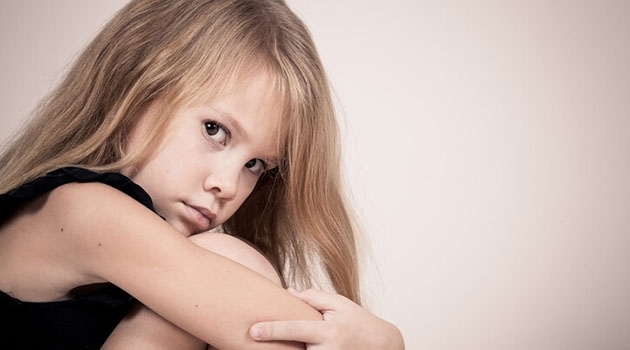The attitudes of children and youth about the pandemic year and the future
We have lived with COVID-19 and restrictions in society for over a year. How do children and youth see this pandemic year? A new study is trying to find out. The study is led by Anna Sarkadi, a professor of social medicine, and is being conducted by the CHAP (Child Health and Parenting) research group at Uppsala University in collaboration with the Ombudsman for Children in Uppsala county.
Health and Caring Sciences.
Photo: Mikael Wallerstedt
One year ago, researchers at Uppsala University conducted a survey where over 1000 children and youth ages 4 to 18 from throughout the country could share their thoughts about the pandemic. At the time, many were concerned for their older relatives but were positive about more time with their families and that there would be less air travel, for the sake of the climate. Together with the Ombudsman for Children in Uppsala county, a new follow-up survey is being conducted with the same questions and with an additional section on education, leisure time and COVID-19 testing.
“It is important that the experiences and opinions of children and youth come to the fore during this special time, particularly now when even children are being infected by new virus variants to a greater degree and are being tested. We wonder how children and youth view the coronavirus and the information about the pandemic now that a longer period has past,” says Anna Sarkadi, professor of social medicine at Uppsala University.
Bringing the voices of children and youth to the fore
In the previous study, there was a high level of trust for authorities and distance education in upper-secondary schools was new. Both advantages and disadvantages were reported. Eight of 10 were concerned, and most after school activities had been suspended. This was reflected in the children’s answers about missing their activities. Only a few children tested positive at the time, and there was no vaccine on the horizon. What is it like now? What do children and youth think? What are their concerns and what do they hope for after the pandemic?
“Many wonder about how we will live after the pandemic,” says Lisa Skiöld, local director of the Ombudsmen for Children. “It is important for children and youth to be able to contribute in how we rebuild our society and our habits. This is one way of making their voices heard in discussions about society.”
Thoughts on the future
In the previous study, youth said they wanted more information aimed specifically at them. They felt that some advice was contradictory. They also felt a sense of responsibility for protecting the elderly by not meeting them.
The study beginning now will find out what information needs exist today and how children and youth see the future.
Anna Malmberg

